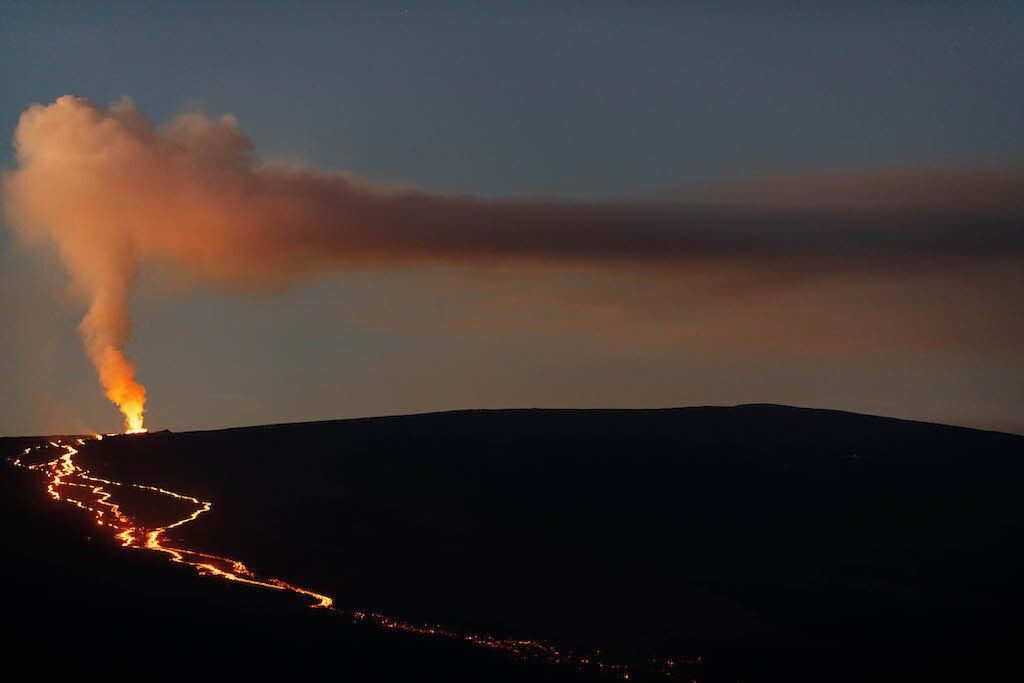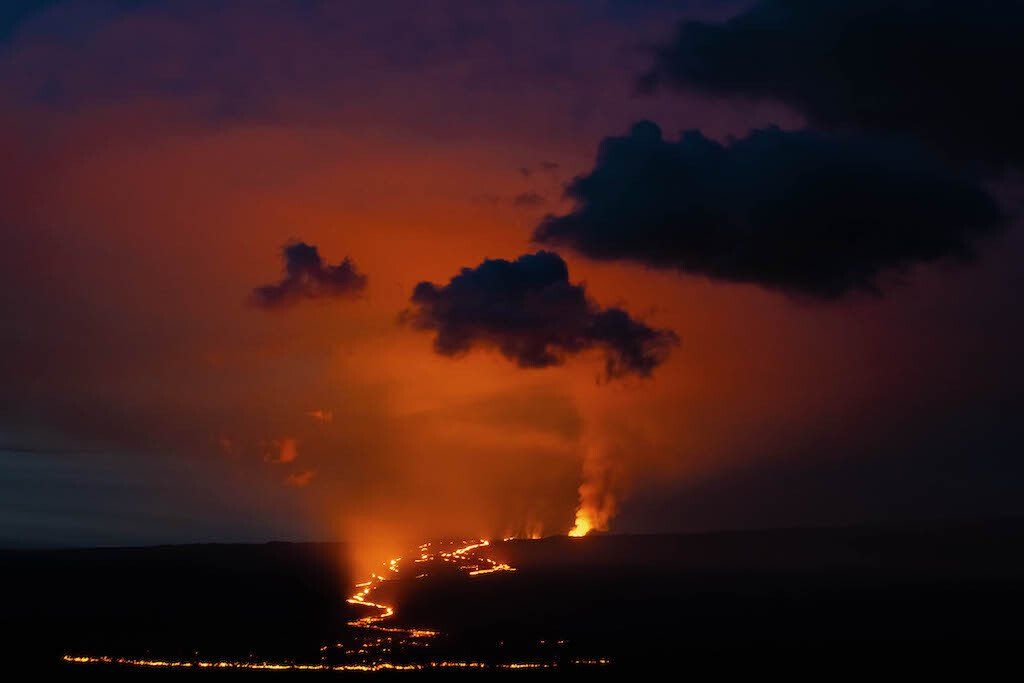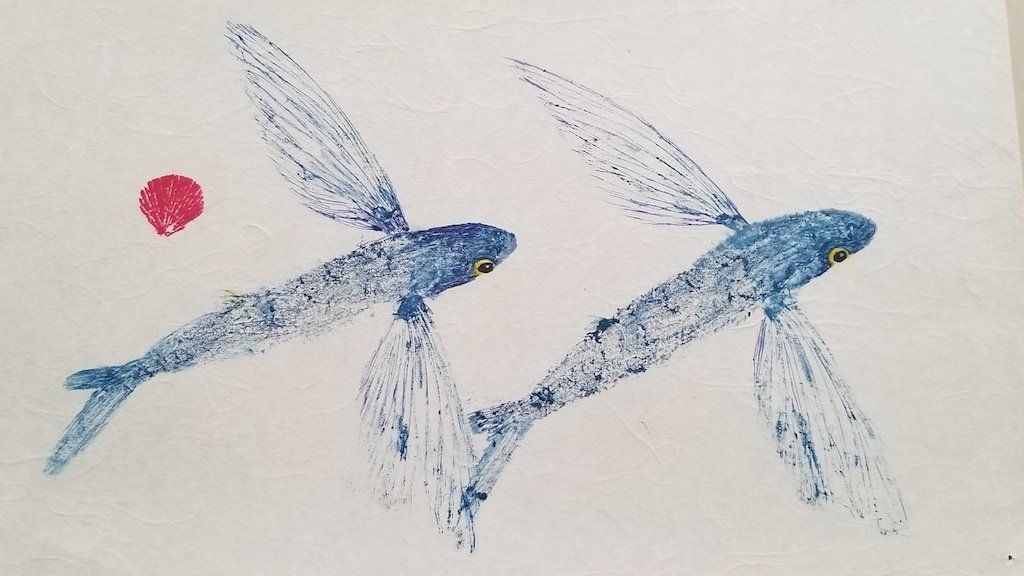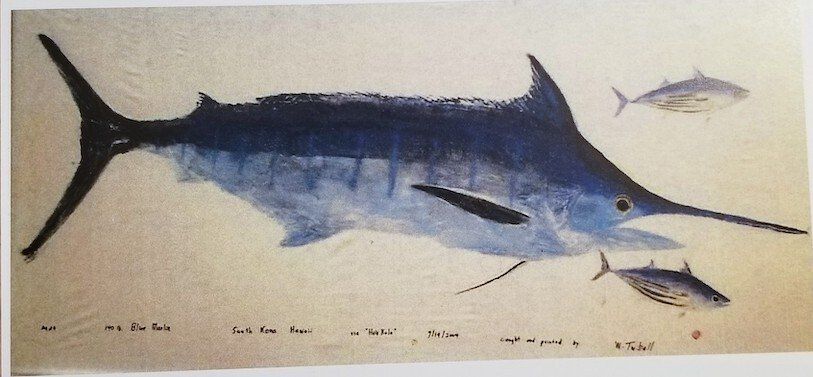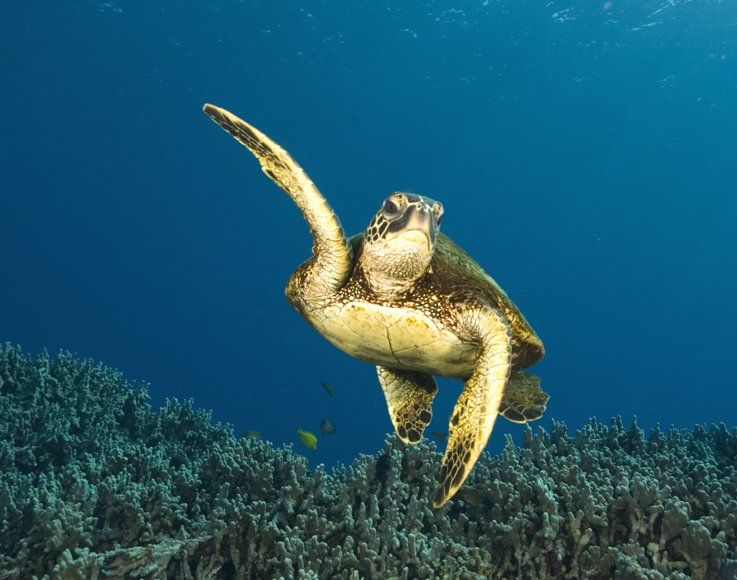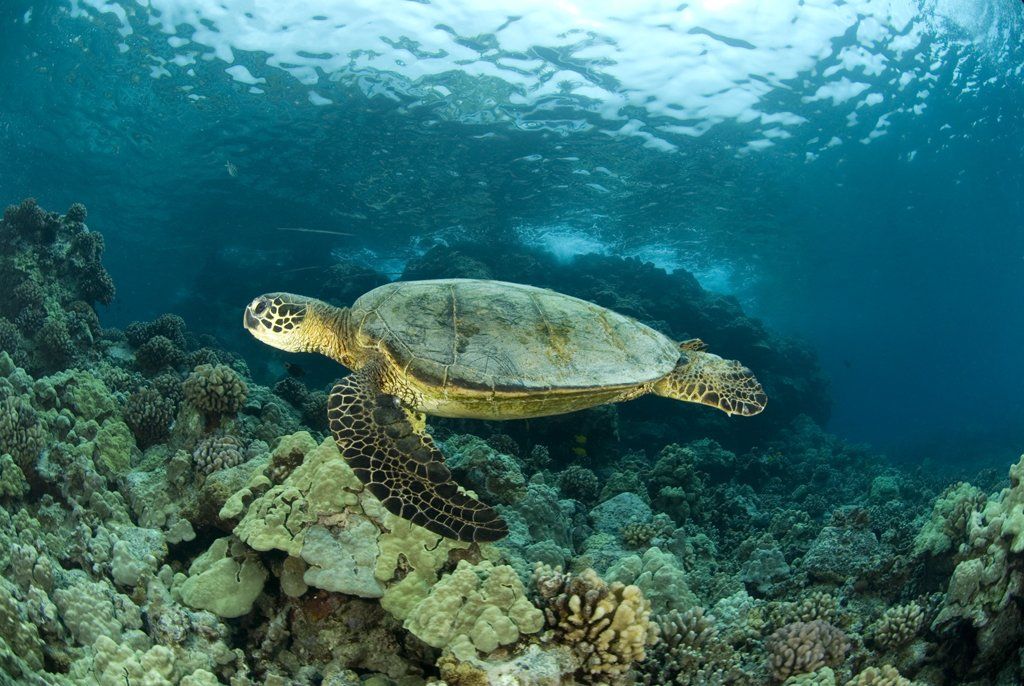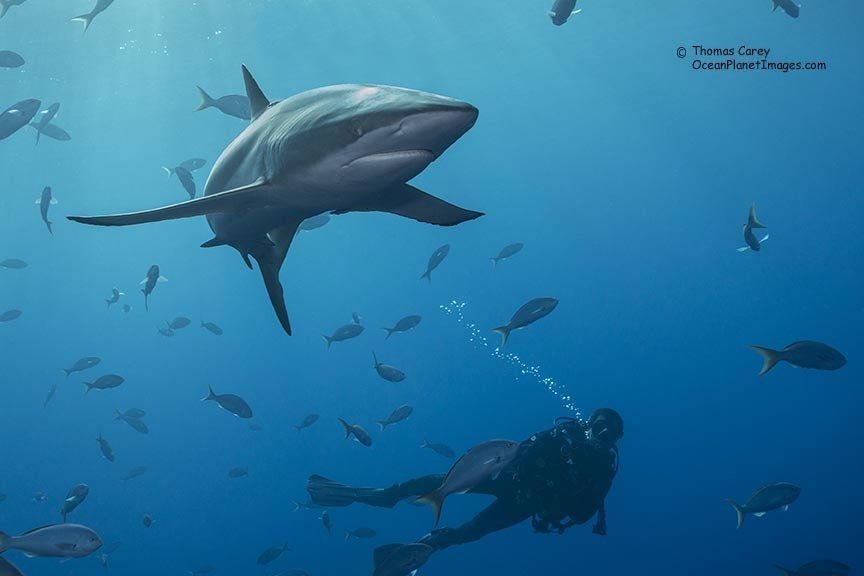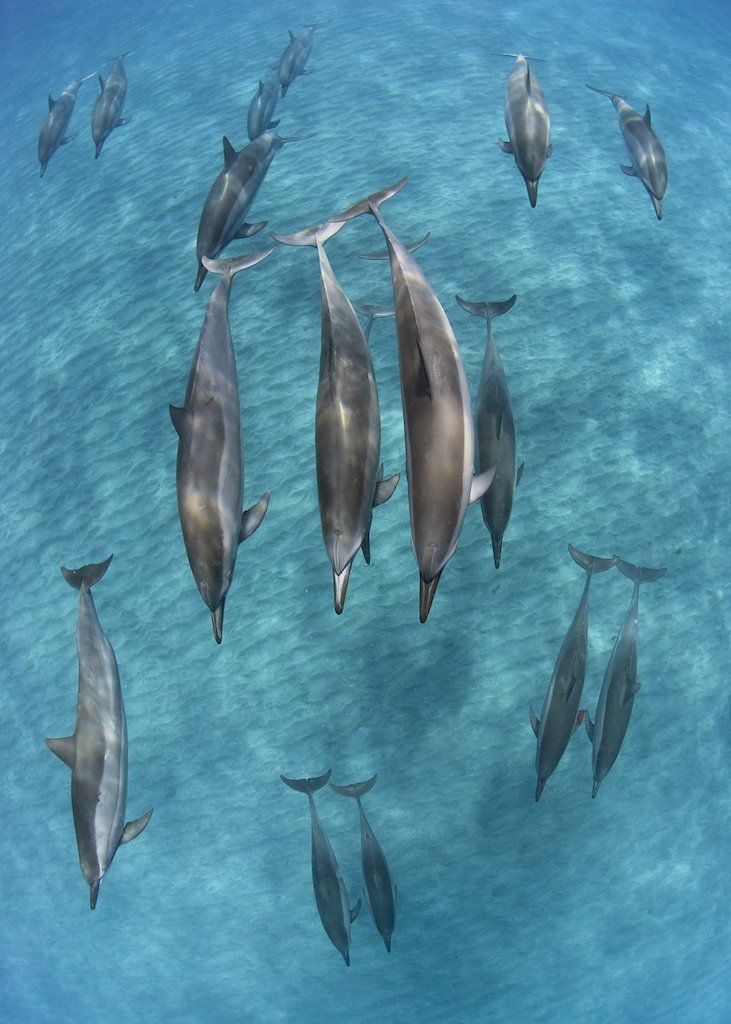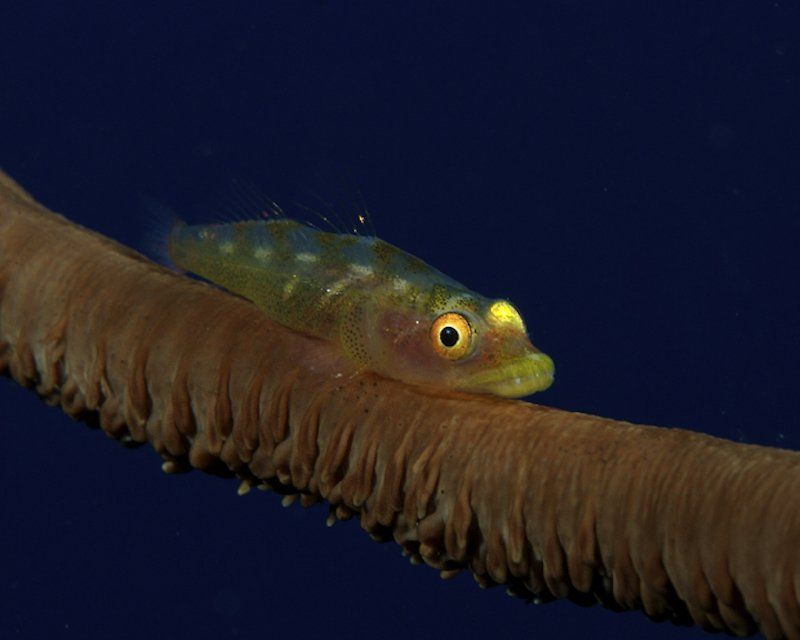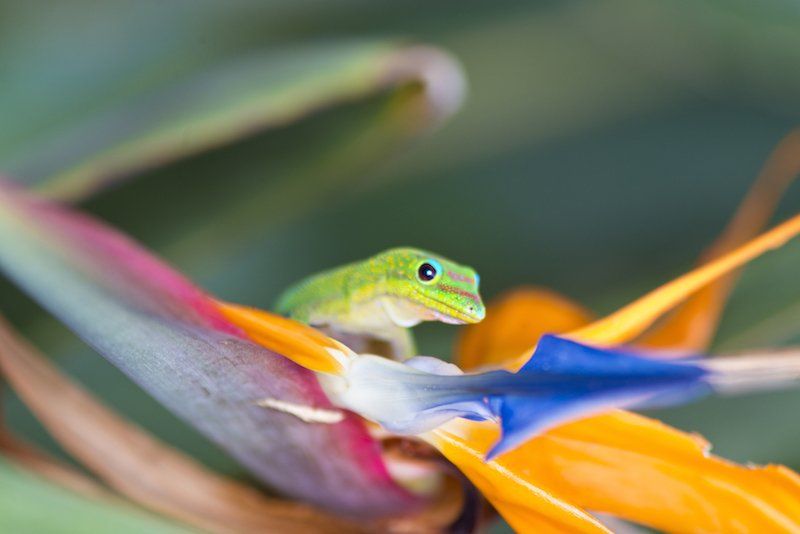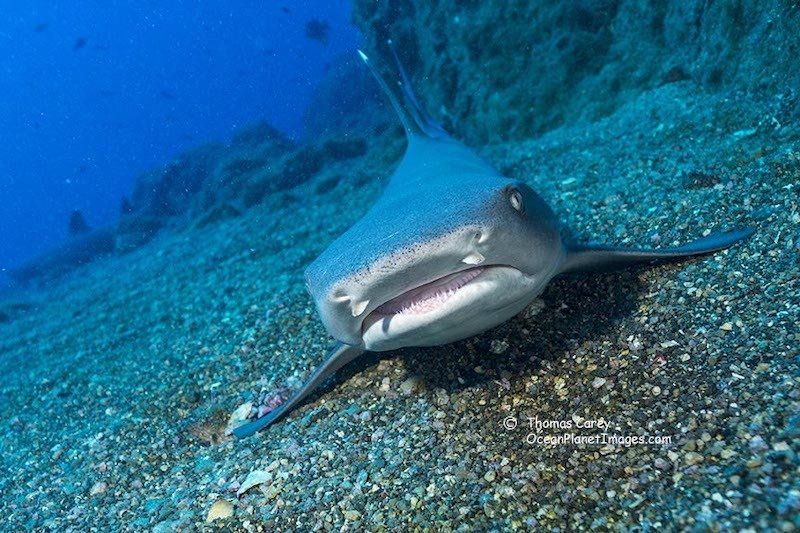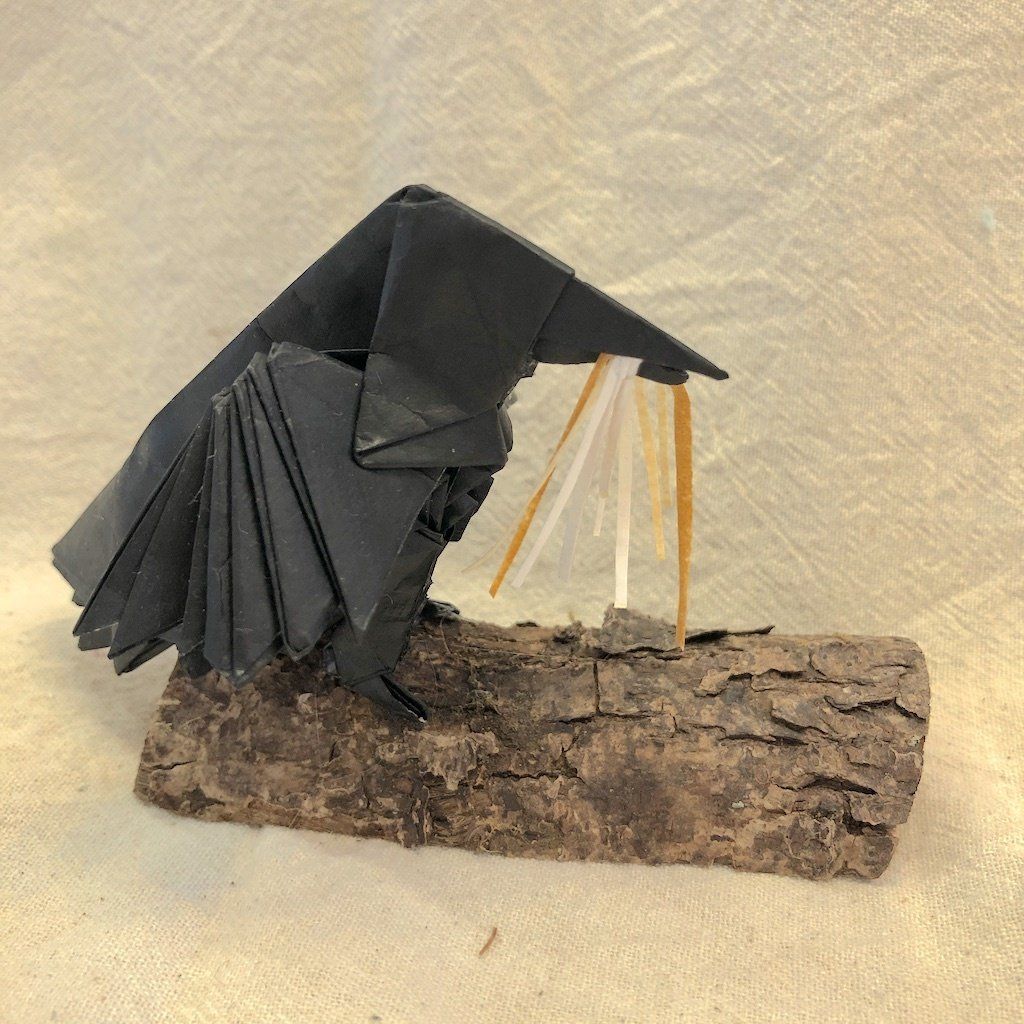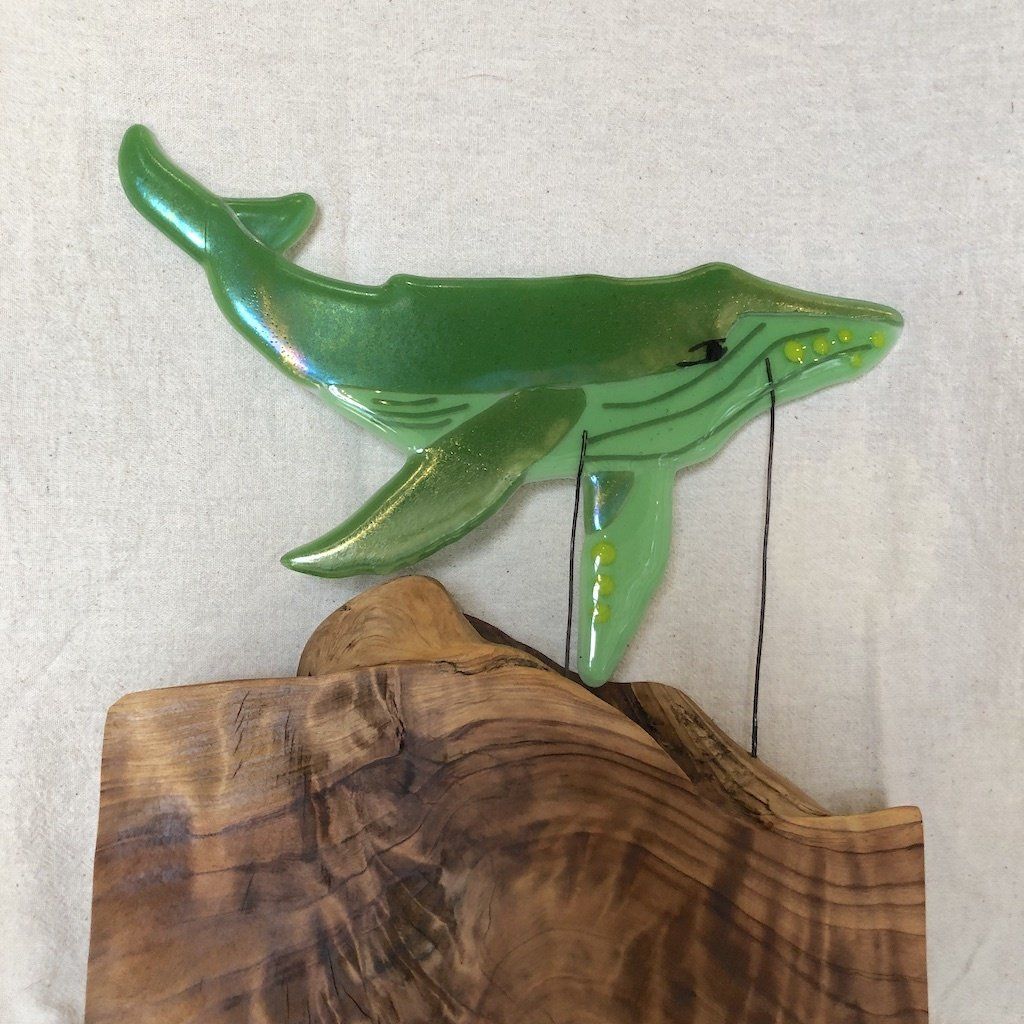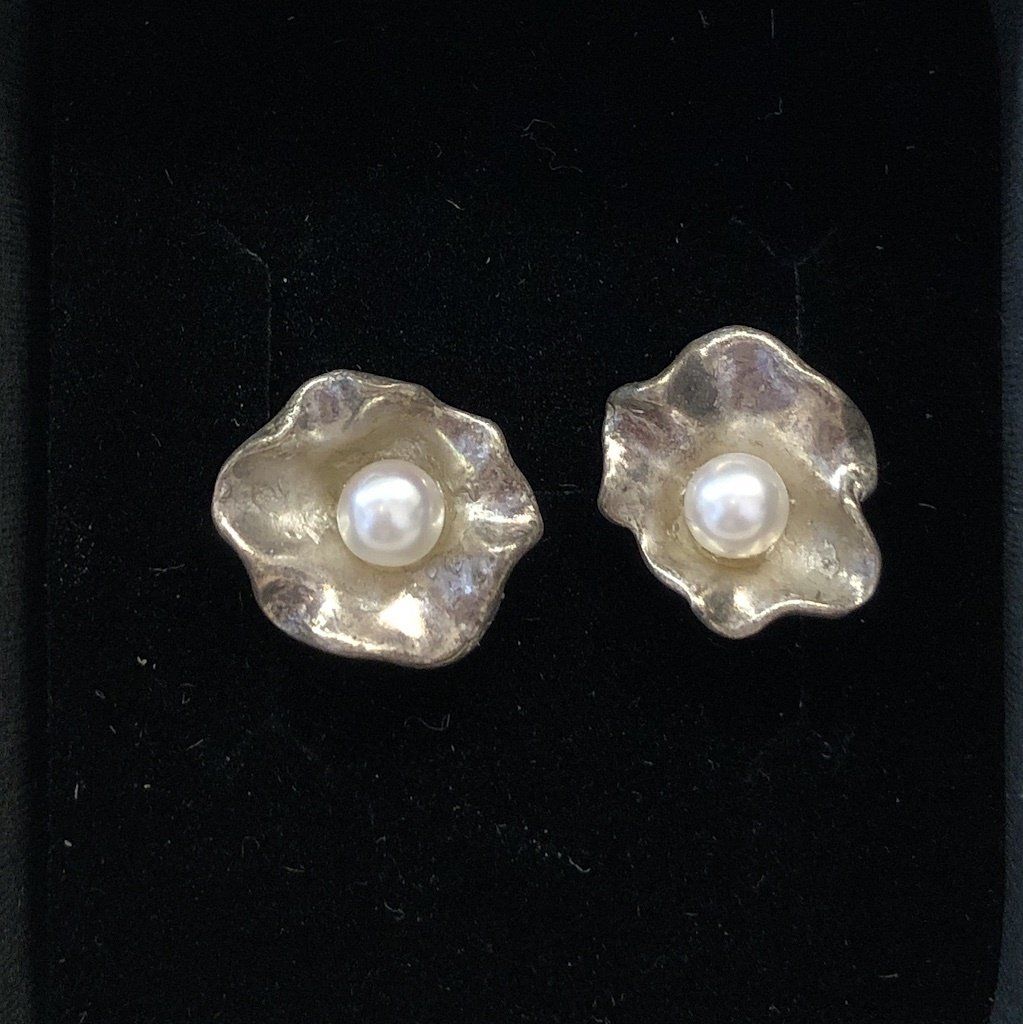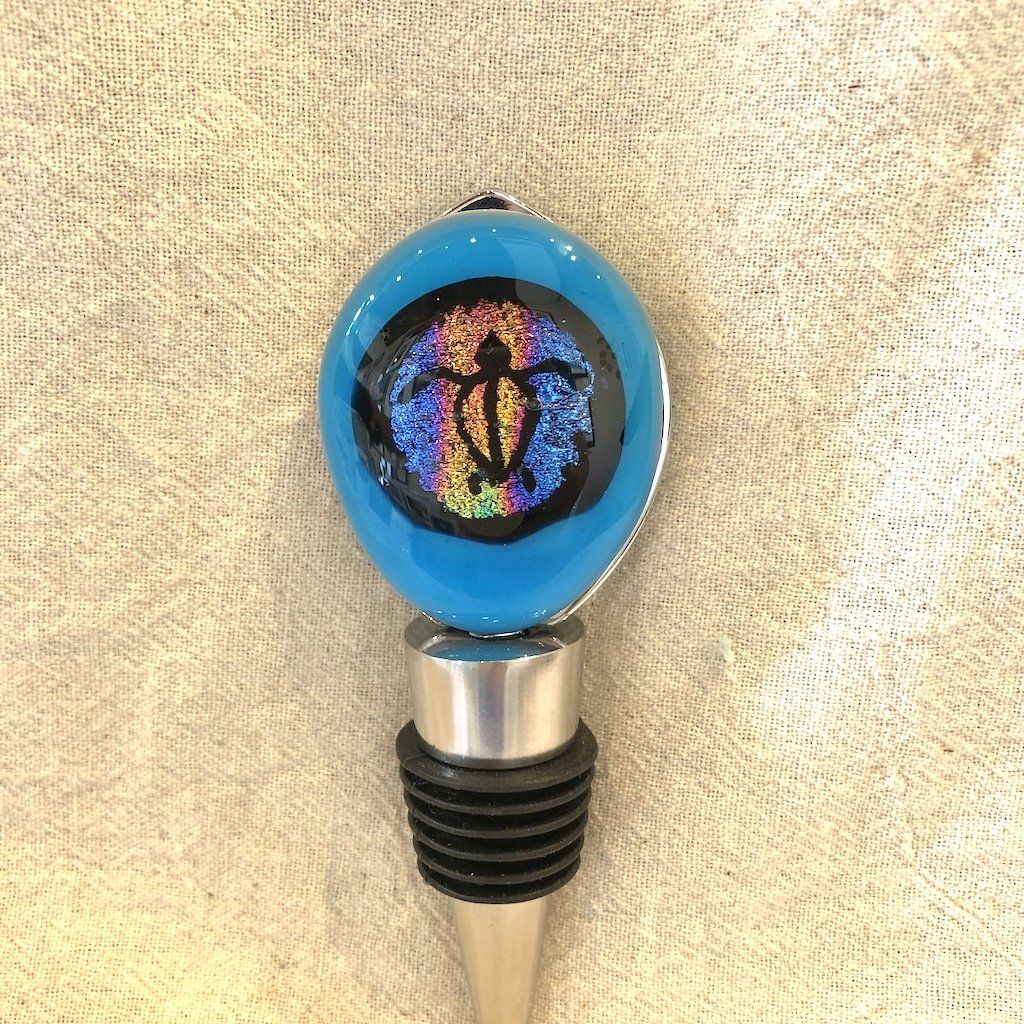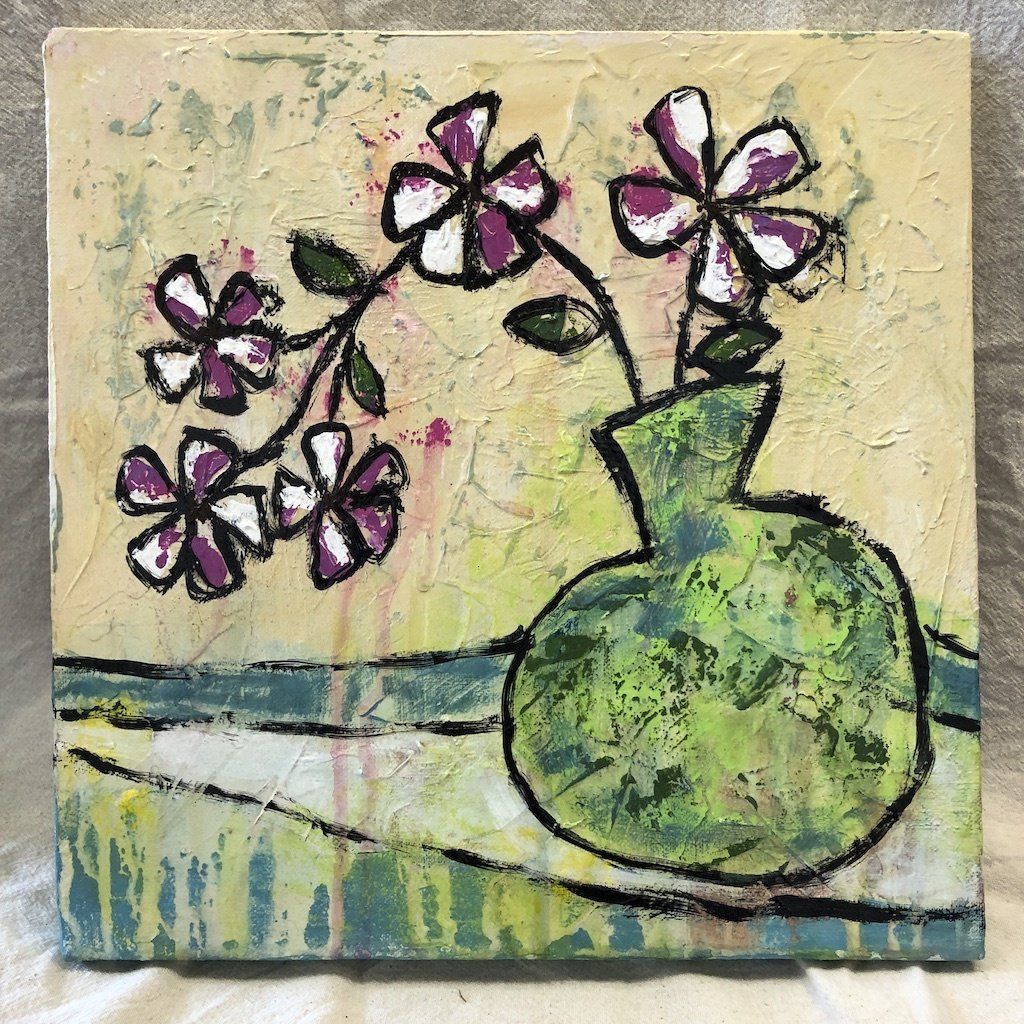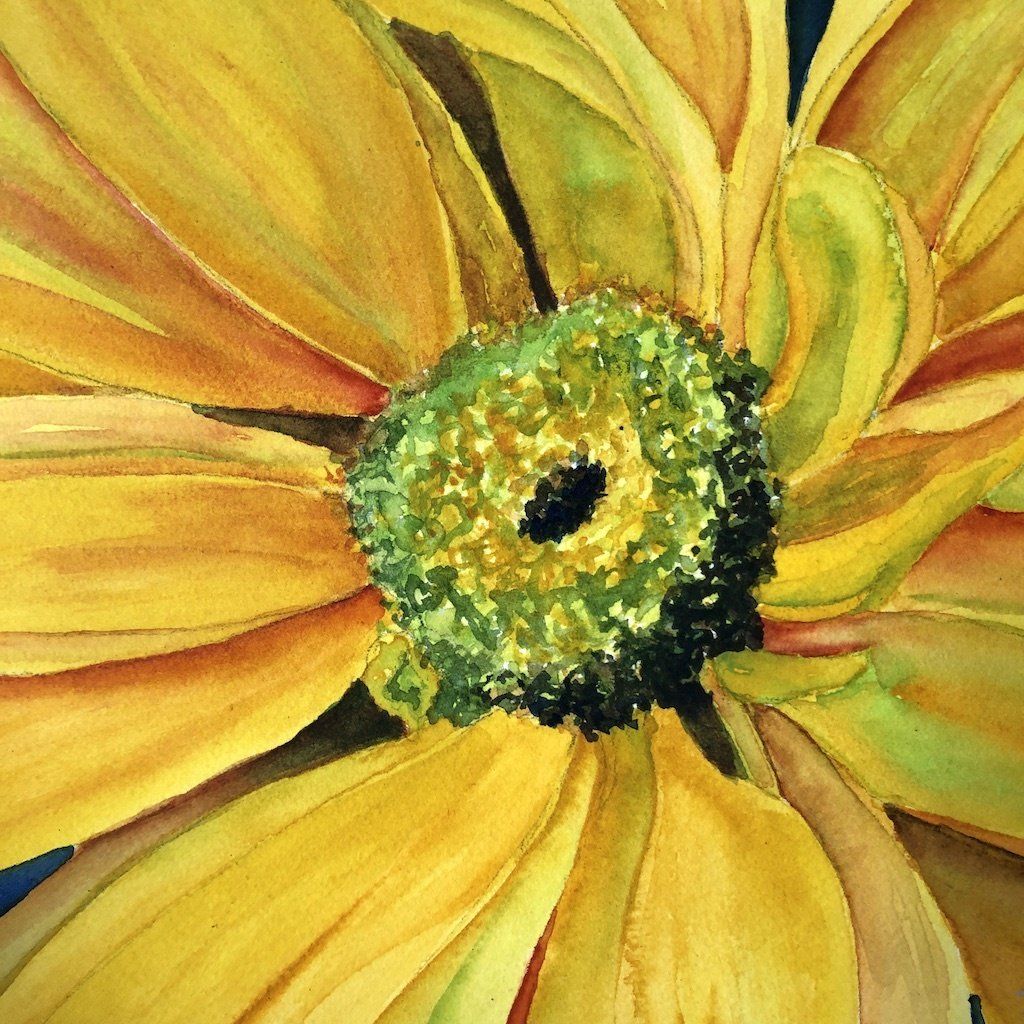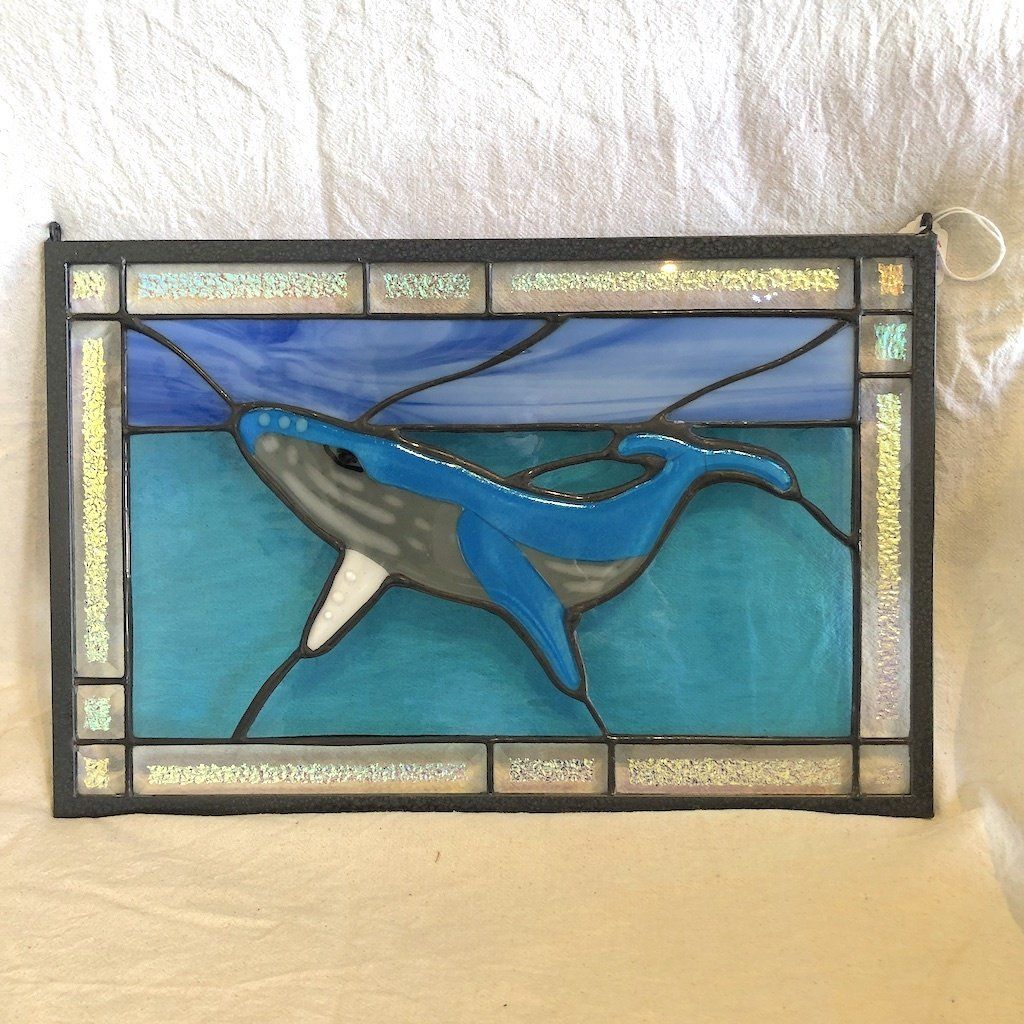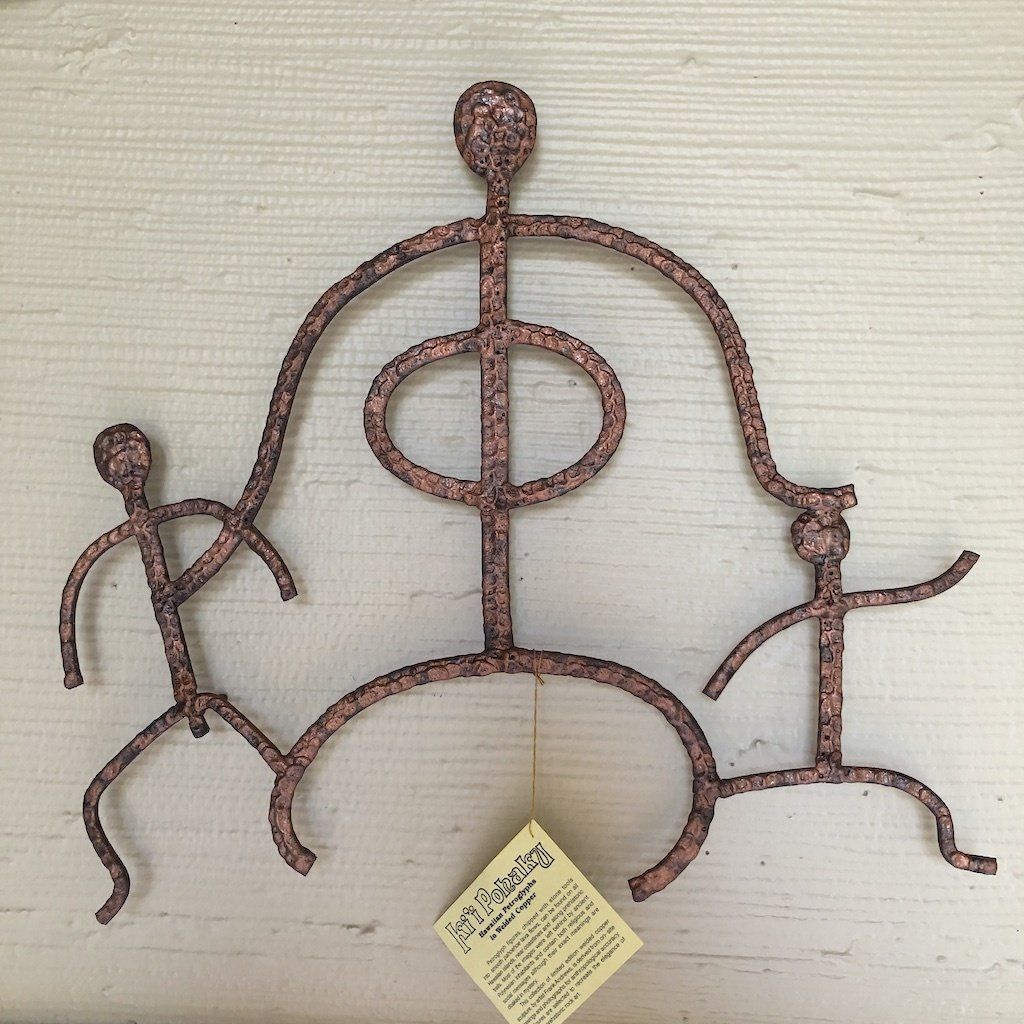January 2023 at the Gallery
Volume 14, Issue 1
Featured Artist of the Month:
Tom Carey
Editor's note: Each month, I try, together with the artist, to put together an article that aims to increase our reader's appreciation for the artist and his/her art. Reading through Tom's notes for this article, I was so entranced by his stories, his art journey, and his passion for what he does, that I had nothing to offer by way of improvement. So I humbly present Tom Carey, in his own words.
As a very young child, living across the road from the beach, I spent a lot of time being tethered to a pole stuck in the sand. This was the only way my mother could keep me from running into the Ocean, over and over, and over again. So, my ties to the ocean started early and run deep. The smells of the Pacific Ocean are forever etched into my memory: bait balls, right off the beach, rotting kelp, and oil tar stuck to your feet; the pure pleasure of being alive.
When I first had the chance to strap a SCUBA tank on my back in 1971, it was to clean pools. I knew I needed to do this again, in the Ocean. I had that chance in 1975, when my good friend Butch took me diving. We dived in the harbor and shot very small fish with our pole spears. It was fun, but I knew that there were grander wonders to be discovered outside of the harbor.
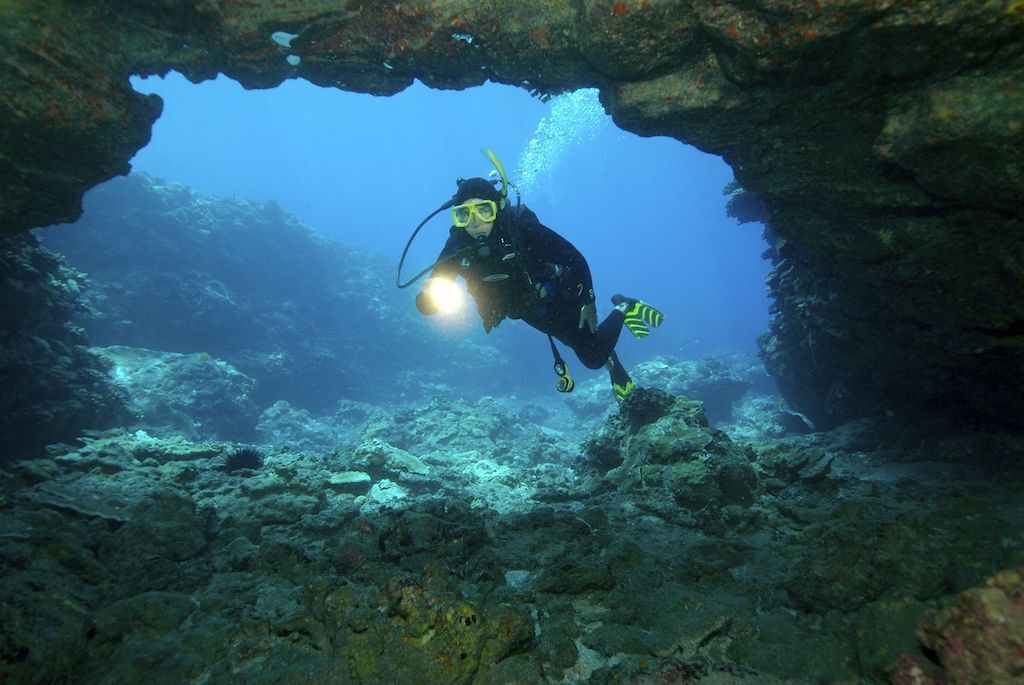
My first real introduction to the underwater world, was from my friend, and, soon to be, mentor, Jim Cooluris. Jim owned The Seafarer dive shop in Oxnard, California, and he was the local underwater photo pro, great guy, loads of fun, full of knowledge, and he was willing to share that knowledge with me, and many of my soon to be dive buddies.
Our playground was the California Channel islands; Anacapa, Santa Cruz, Santa Rosa, San Miguel, San Nicolas and Santa Barbara islands, all very beautiful and full of marine life. Our favorite island was Anacapa, which means “Mirage” in the Chumash language. The Chumash were native American tribal people living on the the islands and the coastal areas of Ventura, Santa Barbara and Ojai. They are similar to native Hawaiians in their intimate knowledge of the Ocean and natural living.
It's a whole NEW YEAR!
2023
Art Journeys with Tamisha Lee:
A Brief History of Photography and Aluminum Prints
Photography first started in the 1830s when French inventor, Joseph Nicéphore Niépce used bitumen and iodine to create the first photographic plate that had to be exposed for 8 hours. Expensive, cumbersome equipment, challenging chemicals, and specialized knowledge was required to be an early photographer. Today, nearly everyone has a camera in their pocket and we take pictures constantly. In 2022, 54,400 photos are taken every second, 196 million per hour, 4.7 billion per day, 32.9 billion per week, 143 billion per month, and 1.72 trillion per year!
Today, professional photographers often offer their high definition prints on an aluminum plate. The clarity and crispness of the image is startling and compelling. And they are possible because of digital photography. Metal prints are created using a process called dye sublimation. The image is printed using a giclee printer with special inks onto a transfer paper. The print will look like a flat colored mirrored copy of the original image. The printed image is taped to a prepared aluminum surface and sent through a heat press. The heat and pressure transform the inks into a gas. The gas is then absorbed through the pores of the polymer coating of the metal and into the base coating. As the metal cools, the pores close and the metal surface stabilizes.
Metal prints come ready to hang; no expensive framing necessary. The clarity, durability and vividness of metal prints have made them the preferred choice of most professional photographers today. Tom Carey, Kathleen Carr, and Brad Lewis all offer their prints on aluminum and can be shipped directly to the customer.
Tom's story continues . . .
My love for photography began in the 7th grade, when I, with the help of my grandmother saved enough Blue chip stamps from the grocery store to get a brand new Kodak Hawkeye Instamatic camera! My two loves at the time were surfing and skateboarding, and soon I was an action photographer! At least, in my 13 year old mind. I wrapped the little camera in plastic and scotch tape, and off I went, into the surf.
Fast forward about twelve years, and there I am in the surf with a borrowed Nikon, Nikonos II UW camera, getting surf shots of my friends. When the Nikonos III came out in 1977, I got one right away. In those days, there was no light meter and no visual focus; just a metal box with a lens. Still, I got some good photos and learned a lot.
Jim used a Nikon F camera in an Oceanic Hydro 35 UW camera housing. He had a wide choice of lenses, visual focus and much more creative control than I did on my Nikonos III. So, my next camera was a used Nikon F2, a used Hydro 35 camera housing, and used lenses.
Since then, I have made thousands of dives in many parts of the world, and have been lucky to have opportunities to sell my work in various markets, helping to offset the costs of this serious avocation. During this 48 year span of time, I did also start a family, start and build a successful contracting business, retire and move to Hawaii full time in January 2004.
I currently use a Nikon D850 camera and an assortment of lenses, contained in a Nauticam camera housing, and Ikelite strobes for lighting.
My travel plans were put on hold during the pandemic, but I am trying to be on the road again soon. My all time favorite place to dive, has to be the Revillagigedo archipelago. Also know as Socorro, it is now a Mexican marine reserve. It is a wild area with lots of big critters, such as the giant Pacific manta ray, which are roughly 2 -3 times the size of the manta rays in Hawaii. There are also huge schools of fish, Humpback whales, and many species of shark, including Big Tigers. I am hoping to make my 7th trip back there soon.
My other favorite places to dive and photograph are, Indonesia, Papua New Guinea, Fiji, California, and of course, the Big Island of Hawaii.
My photos have been featured in many publications, including, Ke Ola , Skin diver, Travel & leisure ,Trailer life, Sport fishing magazine, California fish & game magazine and Nat Geo explorer.
In addition to Diving, surfing, and fishing, I like to make things out of wood, primarily on a lathe. Several years ago, I saw some wood craft work at a market where I was selling photos, and I was inspired to try my hand at the lathe. I had only briefly used one while in high school, but I remembered how cool it was. So, years later, I have become semi proficient with the lathe. I absolutely love it, It is another creative, outlet and can be very therapeutic. To date I have made about 600-700 pieces, all sold, given away or kept (it is so hard to give up my favorites). I use all the local Hawaiian woods, such as Koa, Island pine, monkey pod, Mac nut, Lychee and Milo. I take the raw log and turn it into a vessel of some type. I like to make umeke bowls which is a classic old Hawaiian shape with a unique and beautiful curved form. In addition to umeke, I like to make salad bowls, lidded bowls, vases, balls and anything else that comes to mind. Often, I will just start playing with a piece of wood, not knowing what I might end up making; design is a fluid thing.
Please stop by Kailua Village Artists Gallery, to check out my work and my the work of my fellow artists at KVA.
Aloha, Tom Carey
Here are a few examples of Carey's photographs reflecting his 48 years of experience and passion for the underwater world. Click on any of the images below and you can view the images as a slide show.
Hold up! One of these things is not like the others! That's a reminder that Tom Carey is not just an underwater photographer. He communicates equally well through photographic images of landscapes, animals, people, and even lava. Here are a few of Carey's lava images from the very recent Mauna Loa volcanic eruption.
